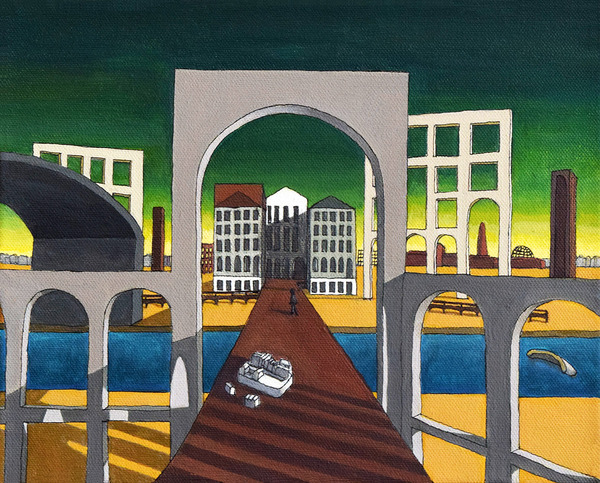This thesis project explores the artefacts of Bradford and how they can regenerate the collective and cultural identity for the city's present and future. Research has revealed Bradford as a city of invisible layers, where it consists of various tangible and intangible elements that were hidden, lost or forgotten through its history. By examining such neglected characters within the city, this thesis aims to rediscover the identity the place once had, to create a vernacular development strategy for its future.
The proposal brings together a collective of redundant and vacant buildings within the outskirts of Bradford’s city centre. With a notion of Bradford as a layered enclave, the island plots follow the hidden beck and historic waterway of Bradford which would be uncovered, bringing together the lost artefacts and forgotten buildings along the route.
The development becomes a catalyst for individual characters to be recognised in a collective scenery, as well as leading to social integrity. The plan utilises the existing buildings and adds new interventions with a modern interpretation evoking a dialogue and tension between the old and the new, creating a city of prophecy and memory where its own characters are celebrated.
The new enclaved community provides a hub of activities and interactions within various generations and communities. The framework of characteristics developed based on Bradford aims to bring a migration of people towards the city providing new communities that run along the beck, enhancing life, the environment, and the artefacts of Bradford. This creates not only an urban layering of connected sites, but a layering of the communities, as well as the laying of design right down to the details.


